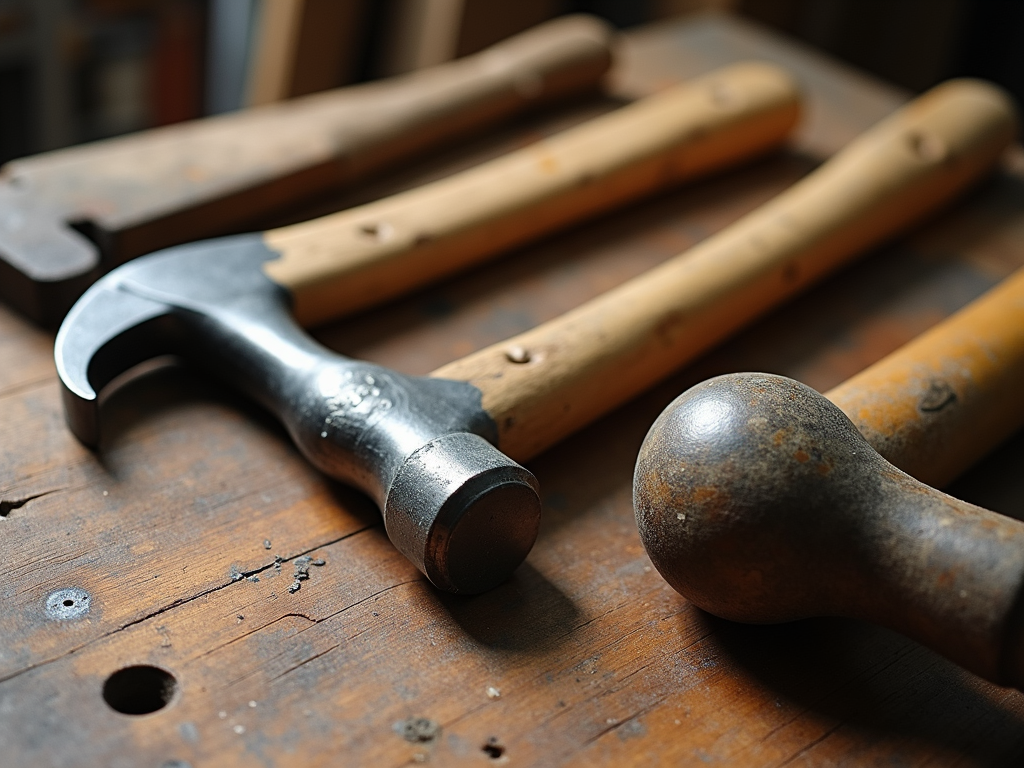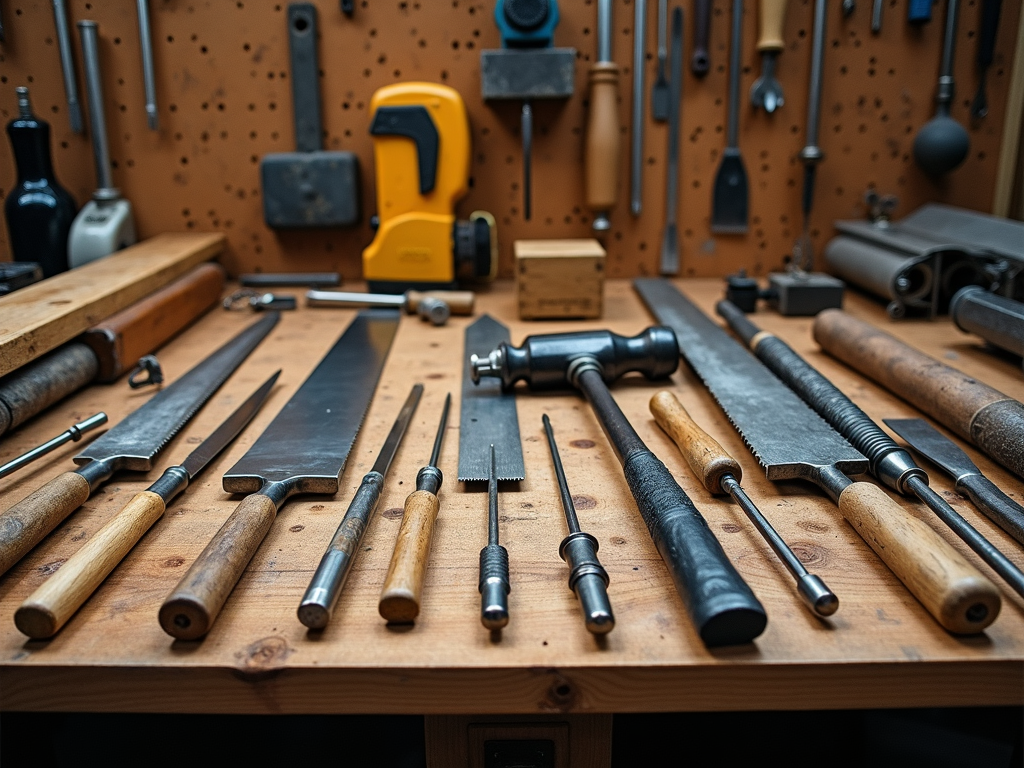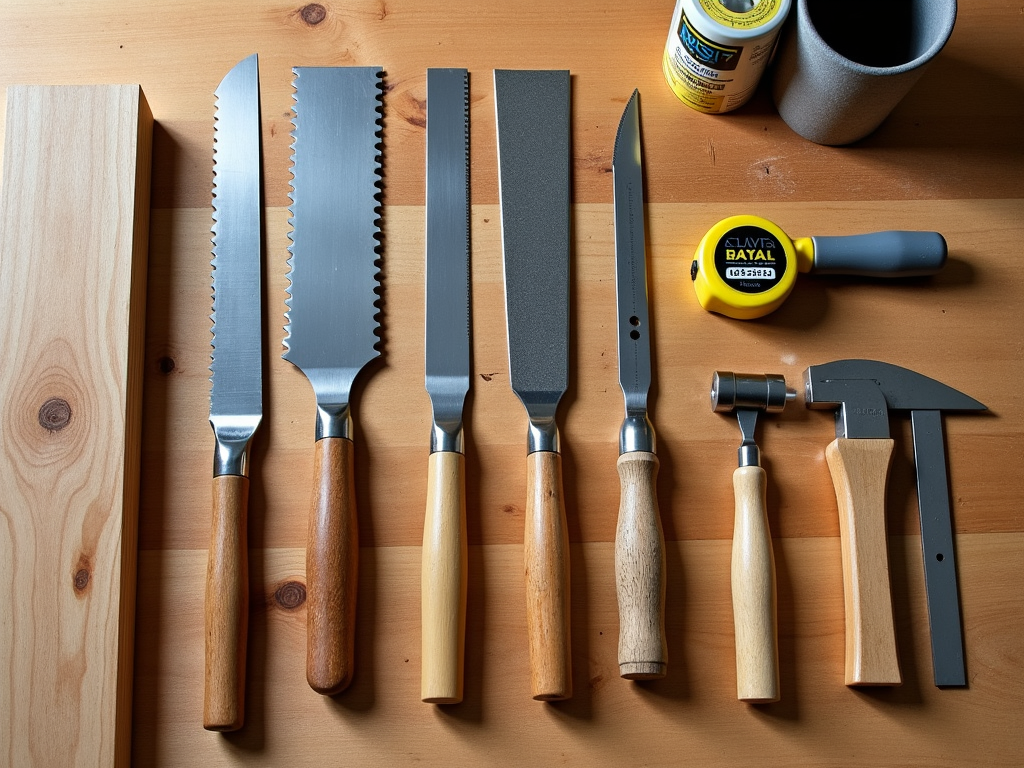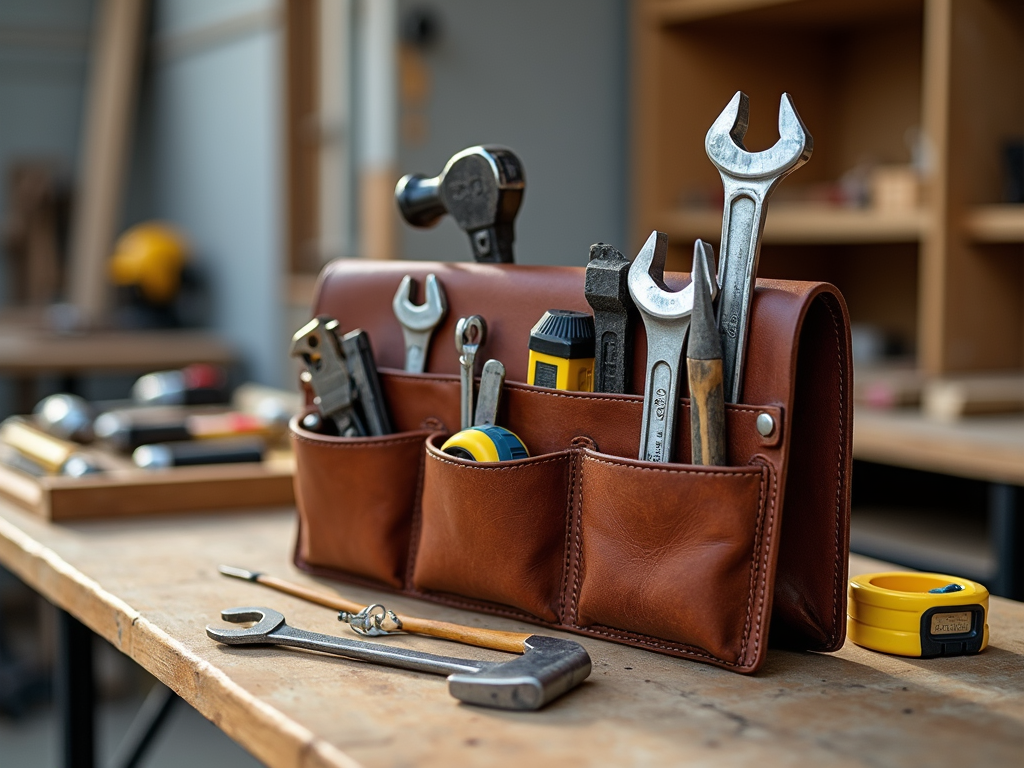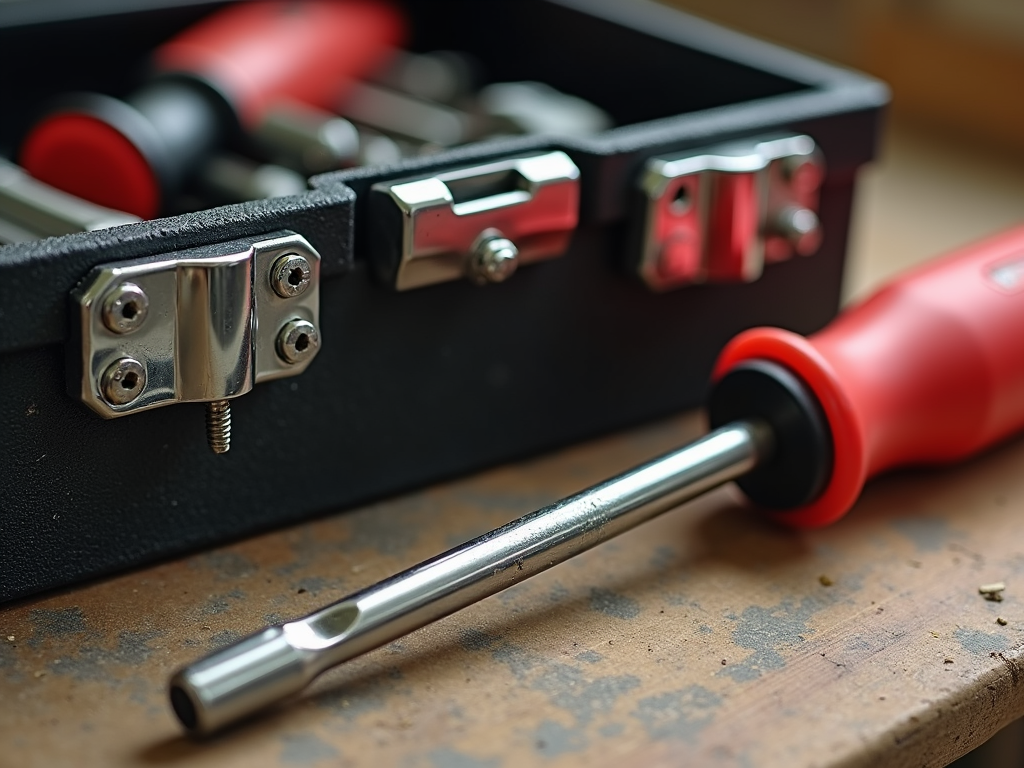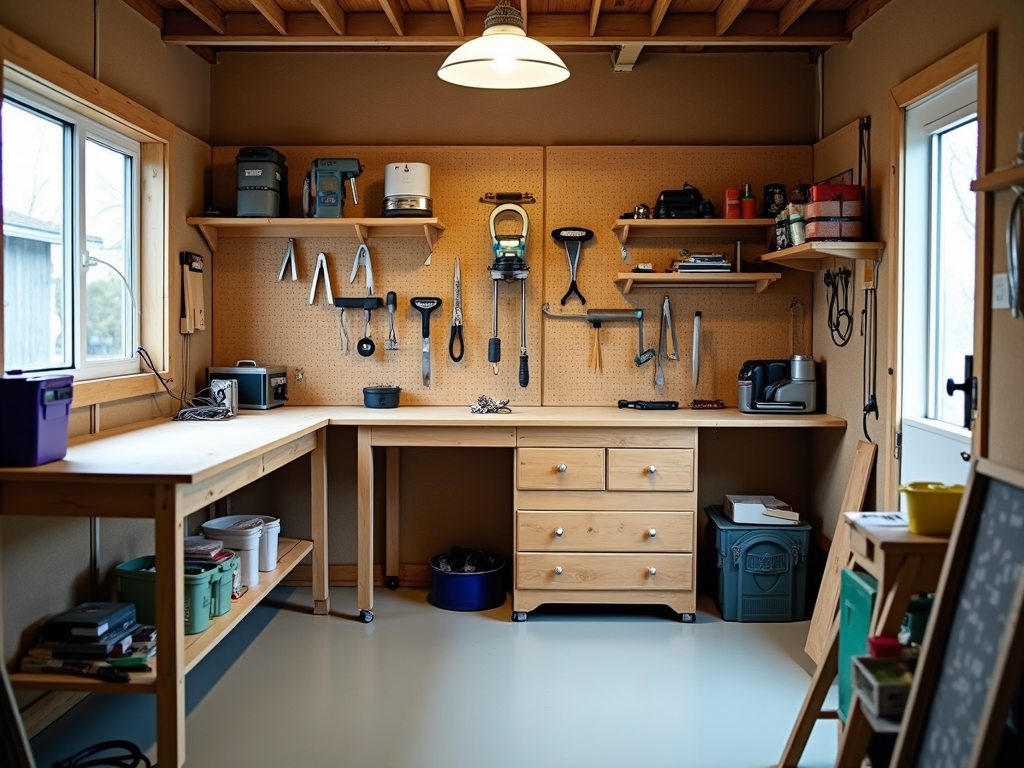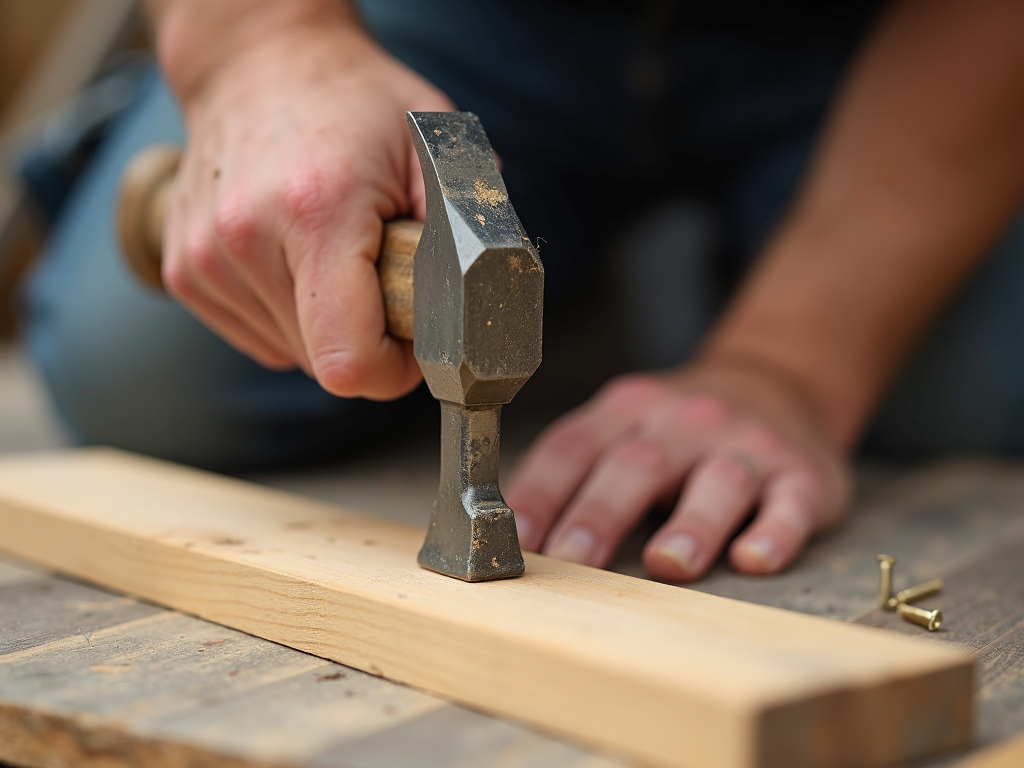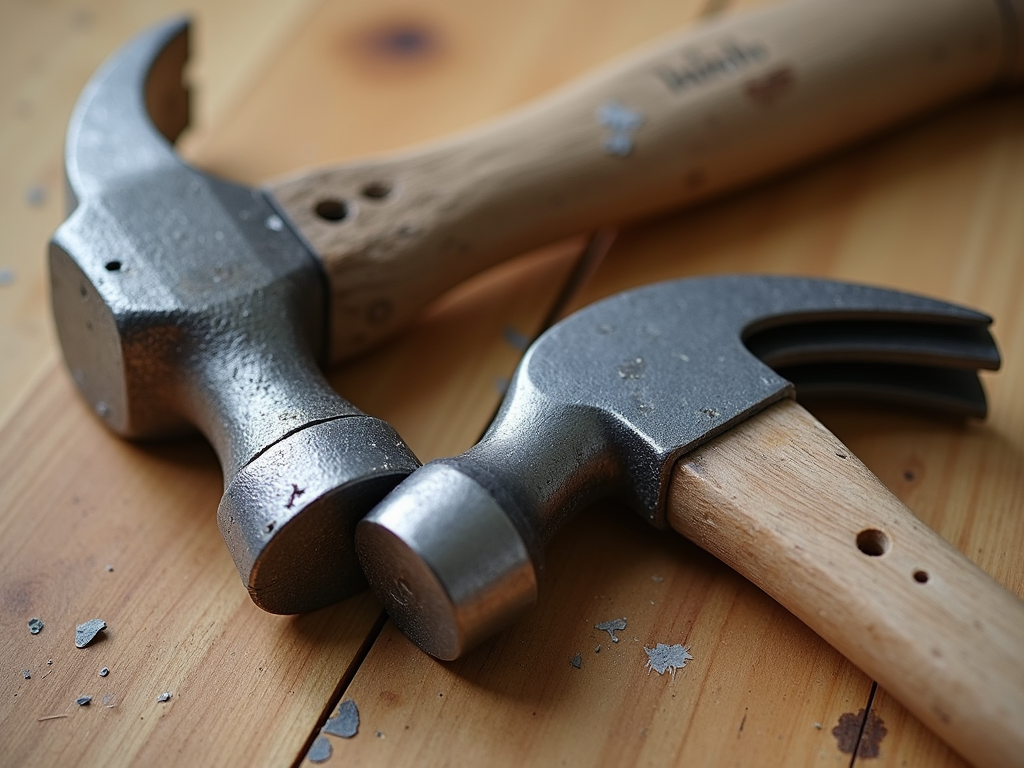Workshops are full of potential hazards—sharp tools, loud noises, and flying debris. The right Personal Protective Equipment (PPE) can keep you safe. This guide covers how to choose PPE, essential safety practices, and tips for maintaining workshop equipment.
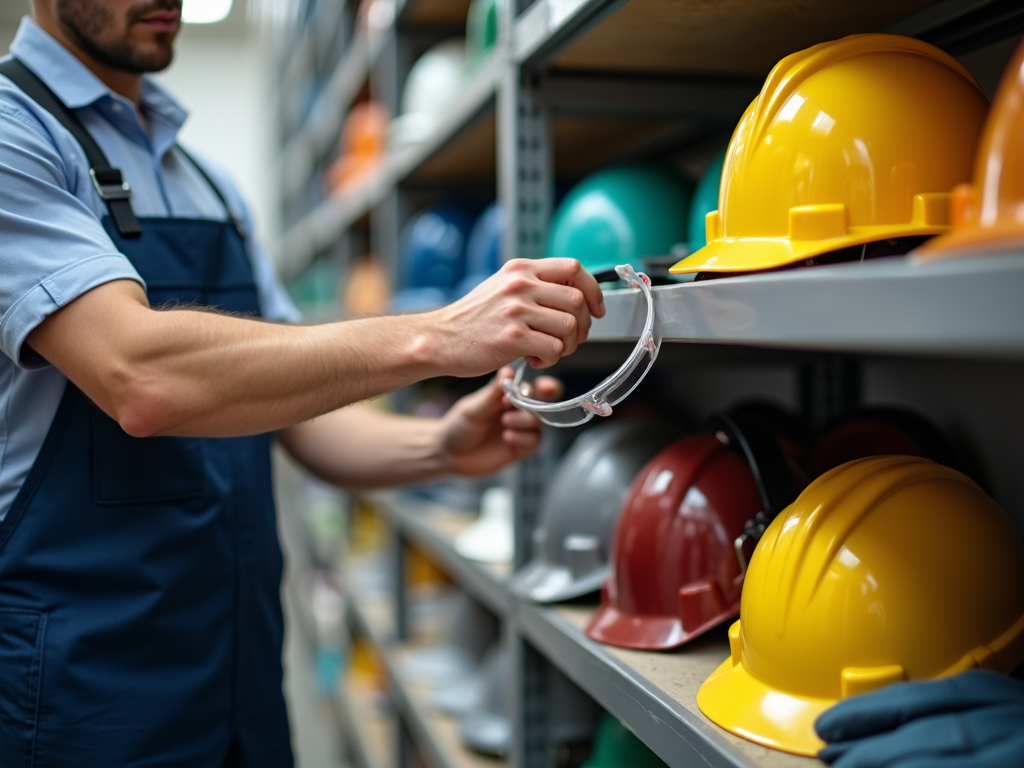
Why PPE Is Essential
PPE isn’t optional—it’s your first line of defense. A single mistake, like not wearing safety glasses, could cost you your eyesight. Gloves can stop cuts, and ear protection can save your hearing. According to the Occupational Safety and Health Administration (OSHA), PPE reduces workplace injuries significantly when used correctly.
I learned this the hard way. Once, I skipped earplugs while using a grinder. My ears rang for a full day. Now, I never work without proper gear.
Types of PPE for Workshops
Here’s a rundown of must-have PPE:
- Safety Glasses: Shield your eyes from dust and sparks.
- Gloves: Pick leather for heat or nitrile for chemicals.
- Ear Protection: Earplugs or earmuffs for noisy tools.
- Respirators: Block dust and fumes from sanding or painting.
- Hard Hats: Guard against falling objects.
- Steel-Toe Boots: Protect your feet from heavy items.
Each type has a job. Don’t cut corners—cheap gear fails when you need it most.

How to Choose the Right PPE
Picking PPE isn’t random. Follow these steps:
- Know Your Risks: Identify hazards like noise or chemicals.
- Check Standards: Look for certifications like ANSI Z87.1 for eyewear.
- Prioritize Comfort: Gear you hate wearing won’t help.
- Focus on Fit: Loose gloves or tight helmets are risky.
- Invest in Quality: Durable PPE lasts longer and works better.
I once grabbed oversized gloves because they were on sale. They slipped off mid-task—nearly cost me a finger. Fit matters.
Safety Practices for Workshops
PPE alone isn’t enough. Pair it with these habits:
- Stay Organized: A tidy workshop prevents trips and spills.
- Use Tools Right: Follow manuals to avoid mishaps.
- Ventilate: Open windows or use fans with chemicals.
- Keep First Aid Ready: Stock a kit and learn basic care.
- Plan for Fires: Store a fire extinguisher nearby.
The National Safety Council says good habits cut accident rates by up to 30%. It’s simple stuff that works.
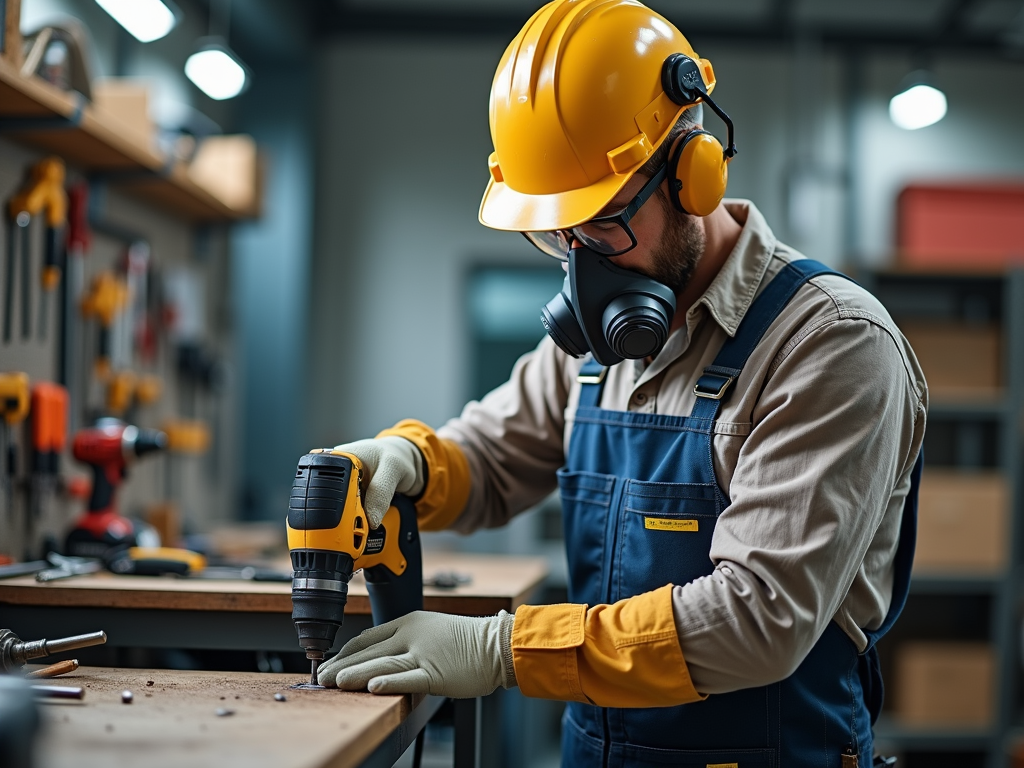
Workshop Equipment Maintenance Tips
Your workman tools need love too. Try these:
- Clean Regularly: Wipe off dust and grease after use.
- Sharpen Blades: Dull tools force harder, riskier work.
- Lubricate Parts: Oil hinges and joints to stop rust.
- Inspect Often: Look for cracks or wear before starting.
- Store Smart: Use pegboards or boxes for protection.
I ignored a rusty wrench once. It slipped and smashed my thumb. A quick oiling could’ve saved me the pain.
PPE Maintenance
PPE needs care too. Here’s how:
| Item | Care Tip |
|---|---|
| Safety Glasses | Clean lenses with soap, no scratches |
| Gloves | Wash or replace when worn |
| Respirators | Swap filters per manufacturer |
| Ear Protection | Wipe down, check padding |
Neglect cuts lifespan. The CDC stresses proper upkeep for effectiveness.

Common Mistakes to Avoid
Even pros mess up. Watch out for these:
- Skipping PPE: “Just this once” can end badly.
- Wrong Gear: Don’t use gardening gloves for welding.
- No Maintenance: Dirty respirators don’t filter well.
- Ignoring Training: New tools need new know-how.
I once sanded without a mask, thinking it was quick. Coughing up dust taught me better.
Budgeting for PPE
Quality PPE isn’t cheap, but injuries cost more. Start with basics—glasses, gloves, ear protection—around $50 total. Add respirators or boots as needed. Shop sales or bulk deals from trusted brands. It’s an investment, not an expense.
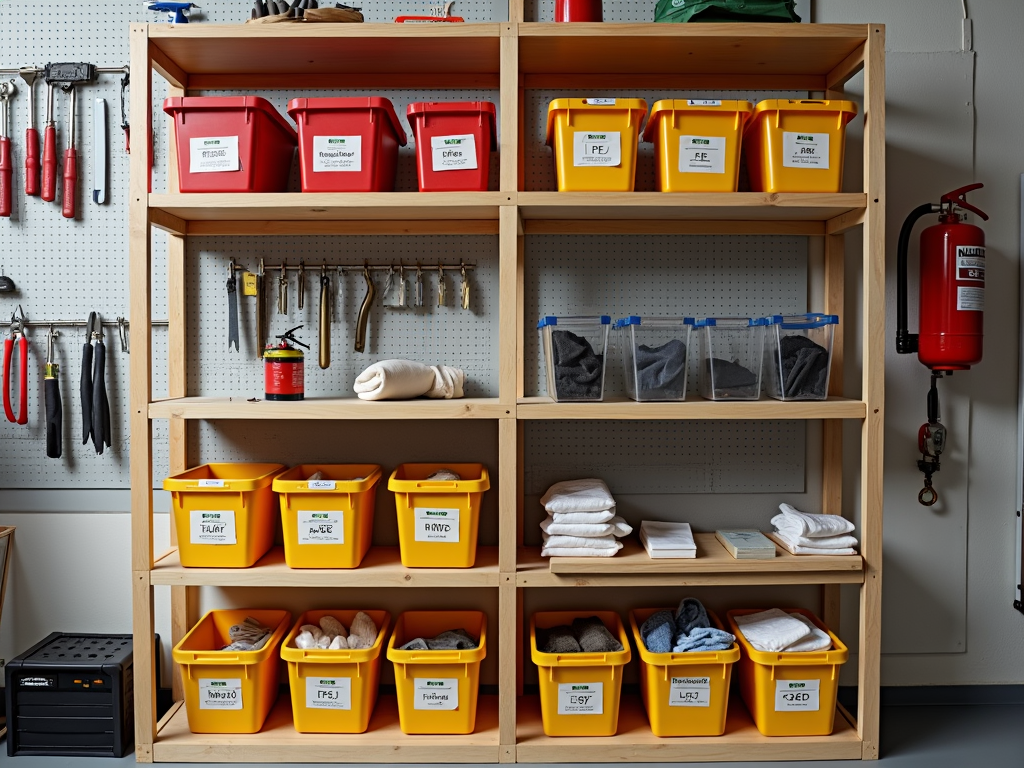
Conclusion
The Guide to Choosing the Right PPE for Your Workshop is about more than gear—it’s about staying safe and smart. Pick the right PPE, follow safety practices, and maintain your workshop equipment. Make safety a routine, and your workshop becomes a haven, not a hazard.
Related Guide to Choosing the Right PPE for Your Workshop:
- Hammer Basics: Design and Safety Tips
- Top 10 Must-Have Tools for Every Mechanic
- Essential Workman Tools for Everyday Use: A Comprehensive Guide
- Woodworking Basics: Getting Started with Quality Tools
- Essential Safety Practices for Workshops: A Comprehensive Guide
- The Role of Technology in Modern Workshops
- Mastering the Craft: Essential Workman Tools for Professional Builders
- Guide to Table Saw Blades for Every Cut
- Tool Maintenance: Tips for Longevity
- Maximizing Space in a Small Workshop
- Advanced Hammer Techniques for Experienced DIYers
- Why Tool Care Keeps You Safe: Essential Tips for Construction Workers
